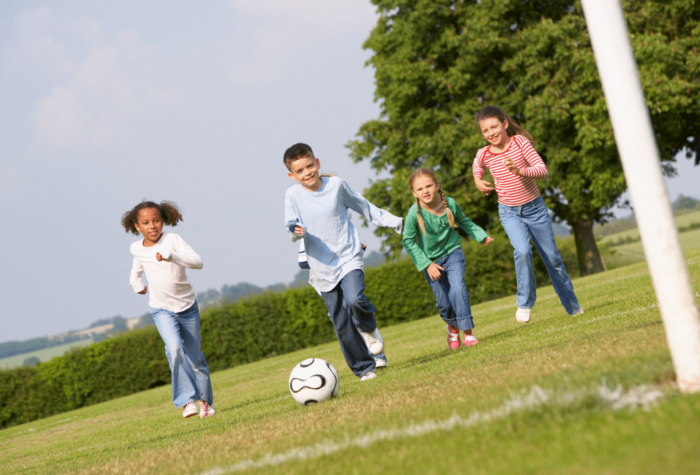With the passage of the American Rescue Plan (ARP) ESSER funds, the out-of-school time (OST) field has the opportunity to leverage a historic investment in afterschool and summer programs. While the goals of the current administration may be apparent—“build back better”—the use of terms like “research” and “evidence” may be less clear.
The American Institutes for Research (AIR) have put together a new guidance series to help make sense of what these terms mean, how they are different from each other, and what this might mean for afterschool and summer programs that aim to leverage ARP funds.
Guide topics include:
- Research versus evidence, how they are the same and how they are different—and how afterschool and summer programs can (and should!) make the most of this time (read Guide 1 online).
- What we know from decades of research on afterschool and summer learning programs to ensure that programs are grounded in the research and driving toward the evidence (read Guide 2 online).
- What evidence-based means for afterschool and summer learning programs (read Guide 3 online).
- Strategies to leverage the historic investment, including a guide for creating an evidence-based logic model (read Guide 4 online).
Click here to read more about this guidance series from AIR.
RELATED DOCUMENTS
Guide 1, Overview: Recognizing the Role of Research and Evidence in Out-of-School-Time (PDF)
Guide 2, Research: Recognizing the Role of Research and Evidence in Out-of-School-Time (PDF)
Guide 3, Evidence: Recognizing the Role of Research and Evidence in Out-of-School-Time (PDF)
Guide 4, Strategies: Recognizing the Role of Research and Evidence in Out-of-School-Time (PDF)

